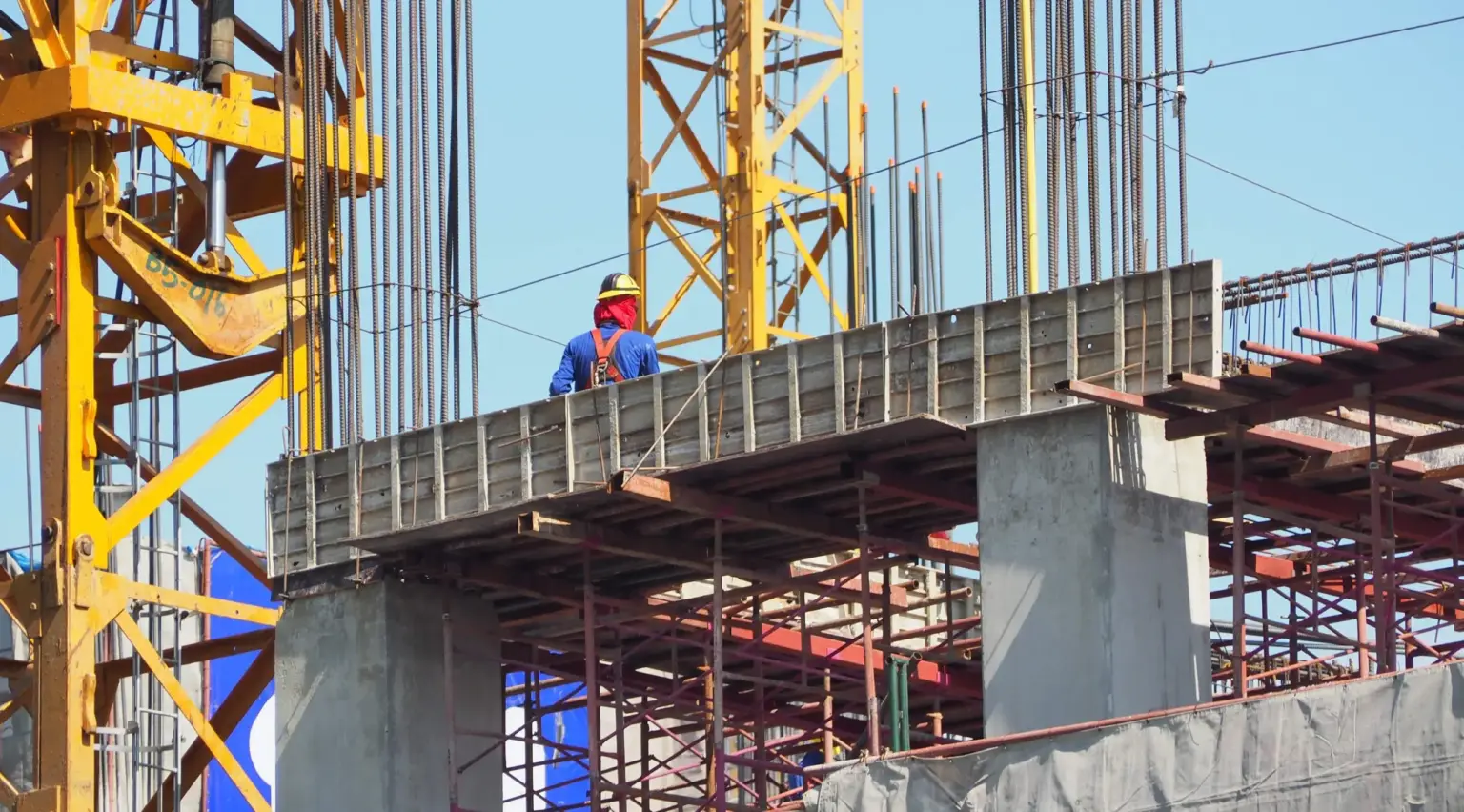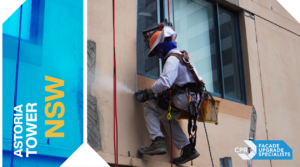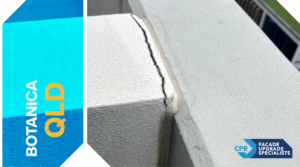Uncover the link between commercial building maintenance and business success. See how regular upkeep can enhance safety, reduce costs, and support productivity.
Effective commercial building maintenance is a factor that extends the life and efficiency of business operations. It covers a variety of practices targeted at ensuring that facilities are safe and are working at peak performance. It is not just fixing things when they break, but proactive maintenance will avoid issues before they arise and reduce operational costs while enhancing property asset value. In this blog, we will discuss the importance, benefits, and types of commercial building maintenance and the consequences that could result from avoiding such crucial tasks.
Importance of Commercial Building Maintenance
Proper commercial building maintenance is important for any business if it is to achieve long-term success and functionality. It enables companies to avoid costly repairs because of their poor condition and to comply with regulations to ensure a safe environment for employees and customers. Here are some reasons why it’s essential: The outside appearance of your office building is the first thing that any client or visitor to your business will see. Clean windows create a good image for clients and the public, portraying that your business is serious about its matters. This is relevant as it is part of business image creation and management. Customers are always comfortable and confident when dealing with a well-organized company in a clean environment. For commercial building owners, commercial window cleaning will assist in enhancing the appearance of their building, hence attracting more tenants.
- Safety and Compliance
Maintenance of commercial buildings ensures the place is safe and meets industrial standards. It prevents accidents as fire alarms, electrical systems, and the integrity of the structure are continuously checked to ensure a safe environment for all people inside. Compliance with the standards not only protects employees and visitors, but it also avoids any legal responsibility and damage to the business reputation.
- Preservation of Asset Value
Routine building maintenance helps preserve the asset value of the property. Minor problems, if resolved in time, can avoid big structural damages and save on heavy repairs. This ensures that the building retains its present market value and remains a very good investment over time. This upkeep also improves its aesthetic value, making it very attractive to interested buyers or tenants.
- Operational Efficiency
Properly maintained buildings run more efficiently and use less energy, resulting in lower operating costs. Scheduled maintenance to the HVAC system, insulation, and lighting systems ensures peak performance, ensuring lower utility bills. Efficient building systems reduce wear and tear, therefore extending equipment and infrastructure life and saving money for the business in the long term.
- Improved Business Image
A well-maintained building projects a professional image and attracts clients to any business. The exterior and interior appearance of a facility may change perceptions about a certain business. Through regular maintenance, such as landscaping, cleaning, and repairs, the building will always look its best at all times, which is positive for the company in terms of brand enhancement.
- Satisfaction of Employees
A safe, comfortable, well-maintained work environment boosts morale among workers and increases their productivity. When their workplaces are kept clean, well-lit, and properly maintained, it becomes very easy to feel valued and shift their attitude toward work. This eventually leads to better retention rates and improved overall performance. Attention to building maintenance in Sydney also shows a commitment towards employee well-being, fostering a positive work culture, which enhances the success of a business.
Types of Commercial Building Maintenance Services
Commercial building maintenance involves various types of services dedicated to ensuring that the commercial building is safe, functional, and visually appealing. Such services are delivered to prevent costly repairs, maintain compliance, and upgrade the general business environment. Some of the main types of maintenance services include:
- Routine Maintenance
Routine maintenance includes scheduled activities that help to keep the building in good working order. Activities under routine maintenance include daily or weekly cleaning, servicing of HVAC equipment, and minor repairs. It is the maintenance of the building’s appearance and functionality by addressing small issues before they become major ones.
- Corrective Maintenance
Corrective maintenance refers to the restoration of equipment or systems that have failed or otherwise malfunctioned. It is simply a type of maintenance that is reactive and is done after an issue has been detected. Corrective maintenance ensures that the building is returned to its right order, therefore avoiding further deterioration or operation.
- Preventive Maintenance
It involves scheduled inspections and servicing of building systems to prevent problems from occurring in the first place. This includes routine checks and replacement of parts, together with the overhauling of systems in line with manufacturers’ recommendations and industry best practices. Preventive maintenance helps extend equipment life, prevents unexpected failures, minimizes the chances of sudden repairs, and lowers overall repair costs.
- Compliance and Regulatory Maintenance
Compliance and regulatory maintenance ensure that the building complies with all safety codes and regulations. It includes frequent inspections and updates of fire alarms, elevators, electrical systems, and other critical equipment. Proper and timely compliance offers several benefits, such as avoiding legal penalties, assuring occupants’ safety, and retaining certification and operation licenses for the building.
How Poor Maintenance Can Impact Business Operations
If regular maintenance is neglected, there could be a great deal of disruption to business operations, causing inefficiency and danger. Essentially, good commercial building maintenance will help in running the operation of the business premises without major disruptions, maintaining its functionality and outlook. Some of the effects of poor maintenance include:
- Higher repair costs
Small maintenance problems can easily become big issues that lead to very expensive repairs. For example, a small roof leak could cause extensive water damage, mold issues, and structural problems if it is left unattended for too long. Regular maintenance will identify these problems early on, thus saving businesses from heavy repairs and avoiding a long period of downtime.
- Lower Operational Efficiency
Buildings with poor maintenance have systems, including HVAC, plumbing, and electrical, that are not very efficient in operations. Such inefficient systems increase energy use, thus further increasing utility bills. For example, clogged filters of the HVAC force it to work harder, increasing its energy use and shortening its life. Proper maintenance makes sure that all the systems run at maximum efficiency, reducing energy costs and improving general performance.
- Health and Safety Risks
Poorly maintained buildings can pose some real safety risks to employees and others using the facility. Defective electrical systems, broken fire alarms, and unstable structural components present an opportunity for accidents and injuries. Proper maintenance of safety systems and infrastructure can help safeguard occupants and minimize the risk of lawsuits and noncompliance issues.
- Poor Business Reputation
A run-down building reflects on a business regarding clients and customers. Problems like peeling paint, broken fixtures, and an unkempt landscape give the appearance of carelessness and are unprofessional. This could drive away potential clients and damage the reputation of the business. Through regular maintenance, problems are solved before they arise, thus keeping the building in its best condition and reflecting a good image of the business to most of the customers.
- Decreased Employee Morale
Employees are unlikely to be productive in an environment that is uncomfortable, unsafe, or unattractive. When a building is not well maintained, issues like bad air quality, improper lighting, and uncomfortable temperatures can make a building a very unhealthy and unpleasant place for employees to work in. This will naturally affect their morale. When a company or institution invests in maintenance services, it clearly shows the employee that their employer is concerned about giving them a safe and pleasant workplace, thereby enhancing employee satisfaction and productivity.
Conclusion
Commercial building maintenance is not only a routine practice but also a strategic requirement for the success of a business. The activities include checking for safety and efficiency, compliance checks, enhancing the value of the building, and improving the general image of the business. By investing in these activities, businesses can avoid costly repairs through efficient operations, thereby creating a pleasant environment for workers and customers. Maintenance, therefore, forms a basic element in ensuring continuity in business amid success and prosperity.
FAQS
What is commercial building maintenance?
Commercial building maintenance is a periodic service given to a structure and its systems with the sole purpose of maintaining safety and functionality. Some activities include cleaning, servicing of HVAC, plumbing repairs, and compliance checks to ensure that a building avoids costly repairs or operational disruptions.
Why is commercial building maintenance important?
The importance of taking good care of commercial buildings often centers on the points of safety, preservation of an integral asset’s value, efficiency in operation, and a professional image. Regular maintenance helps to prevent expensive repairs, maintains a comfortable working and customer environment, and ensures that the building is compliant with regulations.
What are the types of commercial building maintenance?
There are several types of commercial building maintenance, including routine maintenance, regular cleaning with minor repairs, corrective maintenance, which solves immediate problems, preventive maintenance, which is directed toward solving future ones, and compliance maintenance to adhere to safety standards and regulatory requirements.
How does poor maintenance impact business operations?
Accordion ContePoor maintenance means higher repair costs, reduced operational efficiency, safety risks, a poor business image, and lower staff morale. Neglecting maintenance may cause small problems to become big ones and bring production to a halt, which will greatly damage the company’s image.nt
How does regular maintenance benefit energy efficiency?
Accordion Constem maintenance also ensures that an HVAC, lighting, and insulation system is working at peak efficiency, using less energy to perform its functions, and reducing utility bills. Efficient systems also minimize wear and tear, thus increasing life and saving on repair and replacement costs.tent






